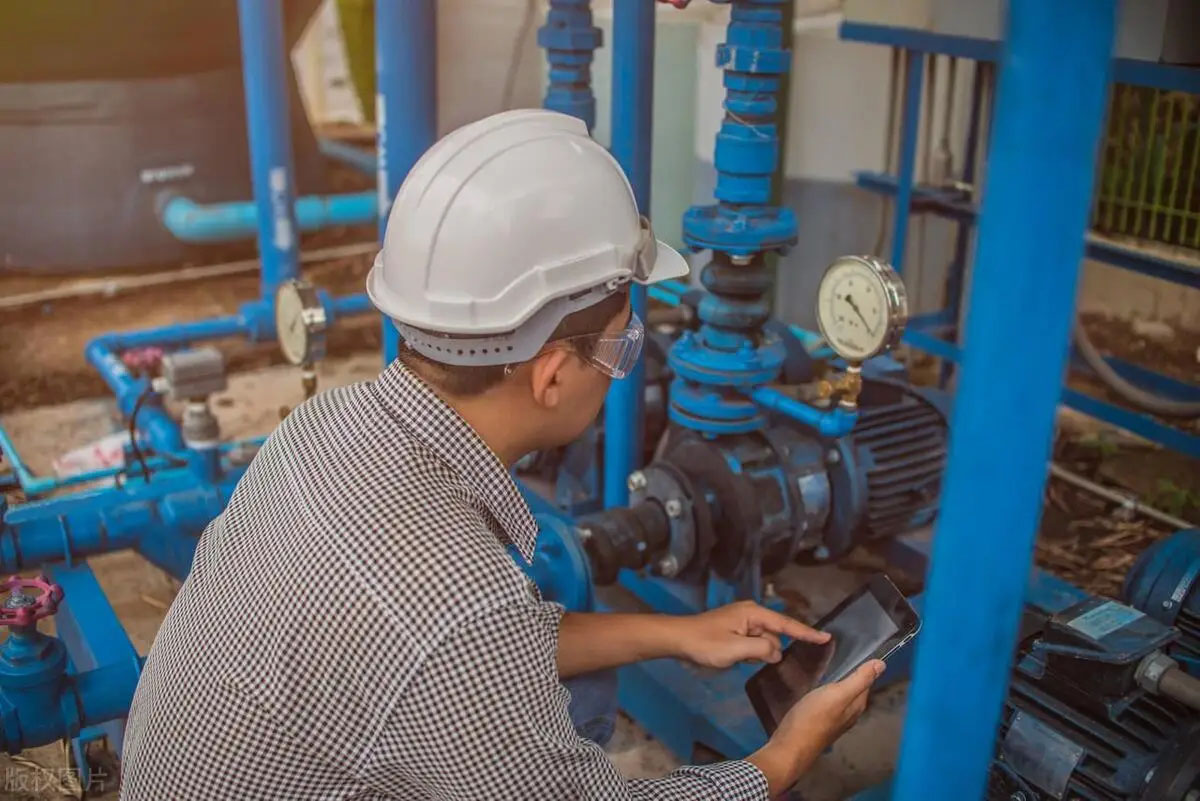Lubrication: During the operation of a slurry pump, the possible intrusion of the conveyed medium, water, and other substances into the oil tank may affect the pump's normal operation. Therefore, it is necessary to check the quality and oil level of the lubricant frequently. The quality of the lubricant can be observed with the naked eye and analyzed by regular sampling. The amount of lubricating oil can be seen from the oil level mark.

For a new pump, the oil should be changed once after one week of operation. For a pump with replaced bearings during overhaul, the oil should also be changed. Because foreign substances enter the oil during the running-in of the new bearings and shafts, the oil must be changed. Thereafter, the oil should be changed once every quarter. The lubricating grease and lubricating oil used for chemical pumps should meet quality requirements. Tables 2-8 and 2-9 show the commonly used lubricating grease and lubricating oil for slurry pumps.
Vibration: During the operation of the pump, due to reasons such as poor quality of spare parts and maintenance, improper operation, or pipeline vibration, vibration often occurs. If the vibration exceeds the allowable value, the pump should be shut down for maintenance to prevent damage to the machine. Table 2-10 shows the allowable range of vibration values for slurry pumps.
Bearing temperature rise: During the operation of the pump, if the bearing temperature rises rapidly and after the temperature rise stabilizes, the bearing temperature is too high, which indicates that there are problems in the manufacturing or installation quality of the bearing; or the quality, quantity, or lubrication method of the bearing lubricating oil (grease) does not meet the requirements. If not dealt with in time, the bearing is in danger of being burned out. The allowable temperature for slurry pump bearings is <65°C for sliding bearings; and <70°C for rolling bearings. This allowable value refers to the allowable range of bearing temperature after running for a period of time. For a newly replaced bearing, at the initial stage of operation, the bearing temperature will rise relatively high. After running for a period of time, the temperature will drop somewhat and stabilize at a certain value.
The operating performance of slurry pump: During the operation of the pump, if there is no change in the liquid source and the opening degree of the valves on the inlet and outlet pipelines remains unchanged, but the flow rate or inlet and outlet pressure changes, it indicates that there is a fault in the pump or pipeline. The cause should be quickly identified and eliminated in time, otherwise, adverse consequences will be caused.

The size of the system resistance can be achieved by adjusting the opening degree of the inlet and outlet valves of the pump. For a determined pump system, when the outlet valve is fully opened, the system resistance is the smallest, and the corresponding flow rate is the largest, the head is the smallest, and the power is the largest. When the outlet valve is completely closed, the system resistance reaches a maximum value. At this time, the flow rate is zero, the head is the largest (a finite value), and the power is the smallest.
From this, the following points can be summarized:
When starting a slurry pump, in order to avoid overloading the prime mover, the outlet valve should be closed first and then opened slowly after the pump is started. In this way, it can avoid the superposition of the large starting load of the prime mover and the high power required by the pump when the outlet valve is fully opened, which may cause overloading of the prime mover.
As long as the pump chamber is filled with liquid (to avoid dry friction of the sealing ring, shaft seal, etc.), the slurry pump is allowed to operate for a short time when the outlet valve is closed. Except for the rapid temperature rise of the limited liquid in the pump chamber under the action of the rotating impeller, which has some adverse effects on the pump, there is no adverse effect on the prime mover. At this time, the load on the prime mover is the lightest.
During operation, any set of flow rates and heads within the performance range of the slurry pump can be obtained by adjusting the opening degree of the outlet valve. However, when the pump operates at the design operating point, its efficiency is the highest; the farther away from the design operating point, the lower the efficiency.
Unit sound: The sounds emitted by the pump during operation are some normal and some abnormal. For abnormal sounds, find out the cause and eliminate it in time. The following are roughly the reasons for the abnormal sounds of the pump.
Reasons on the fluid side: For example, insufficient inlet flow of the slurry pump causes cavitation and emits noise; air accumulation in the pump outlet pipeline causes water hammer and emits an impact sound.
Reasons on the mechanical side: The bearing quality does not meet the requirements or is damaged; the clearance between the moving and stationary parts of the pump is inappropriate, causing friction; shaft bending causes internal friction; parts are damaged and fall off; foreign objects fall into the pump, etc.
For details of the first part, please refer to the previous blog post.